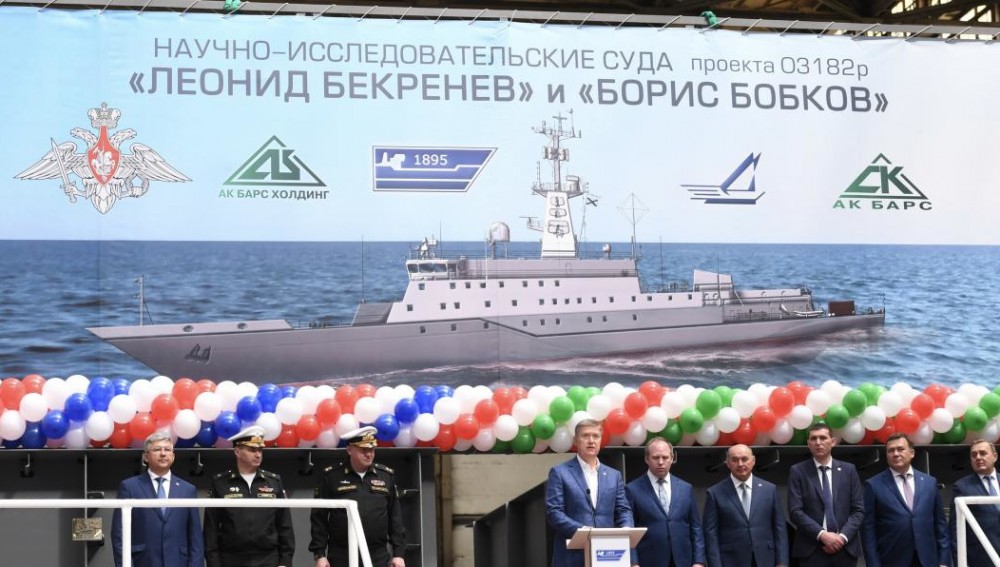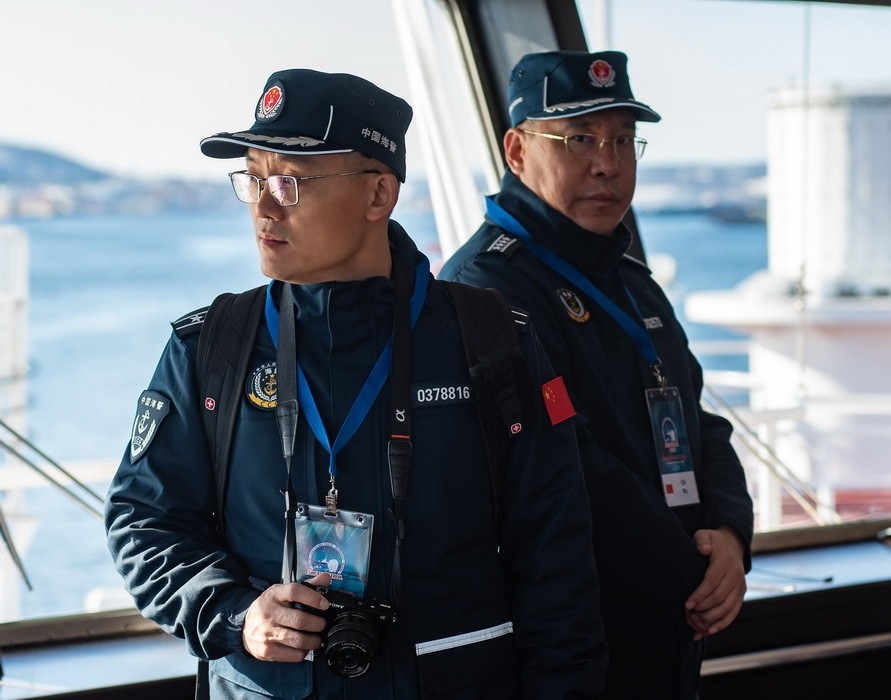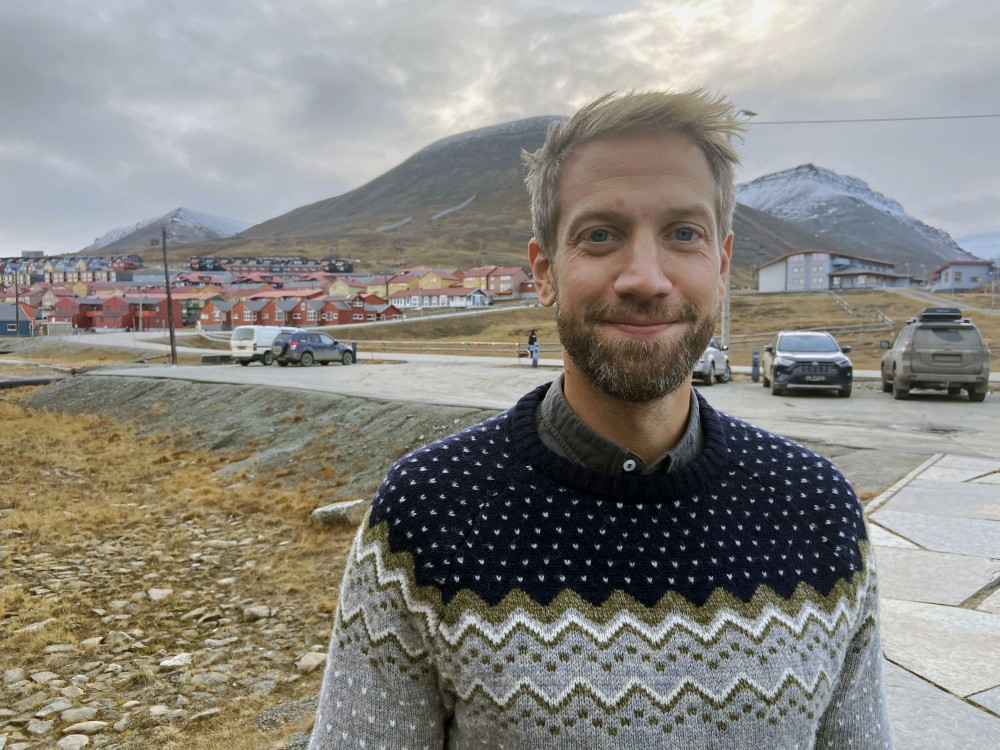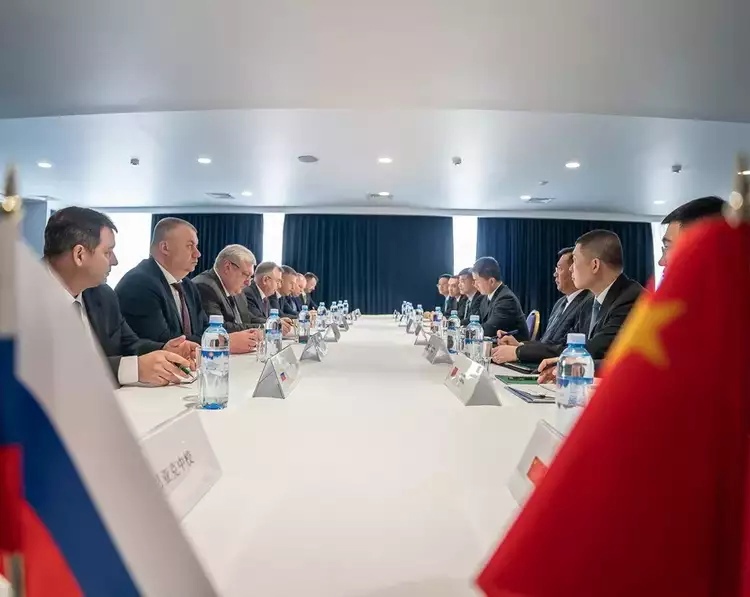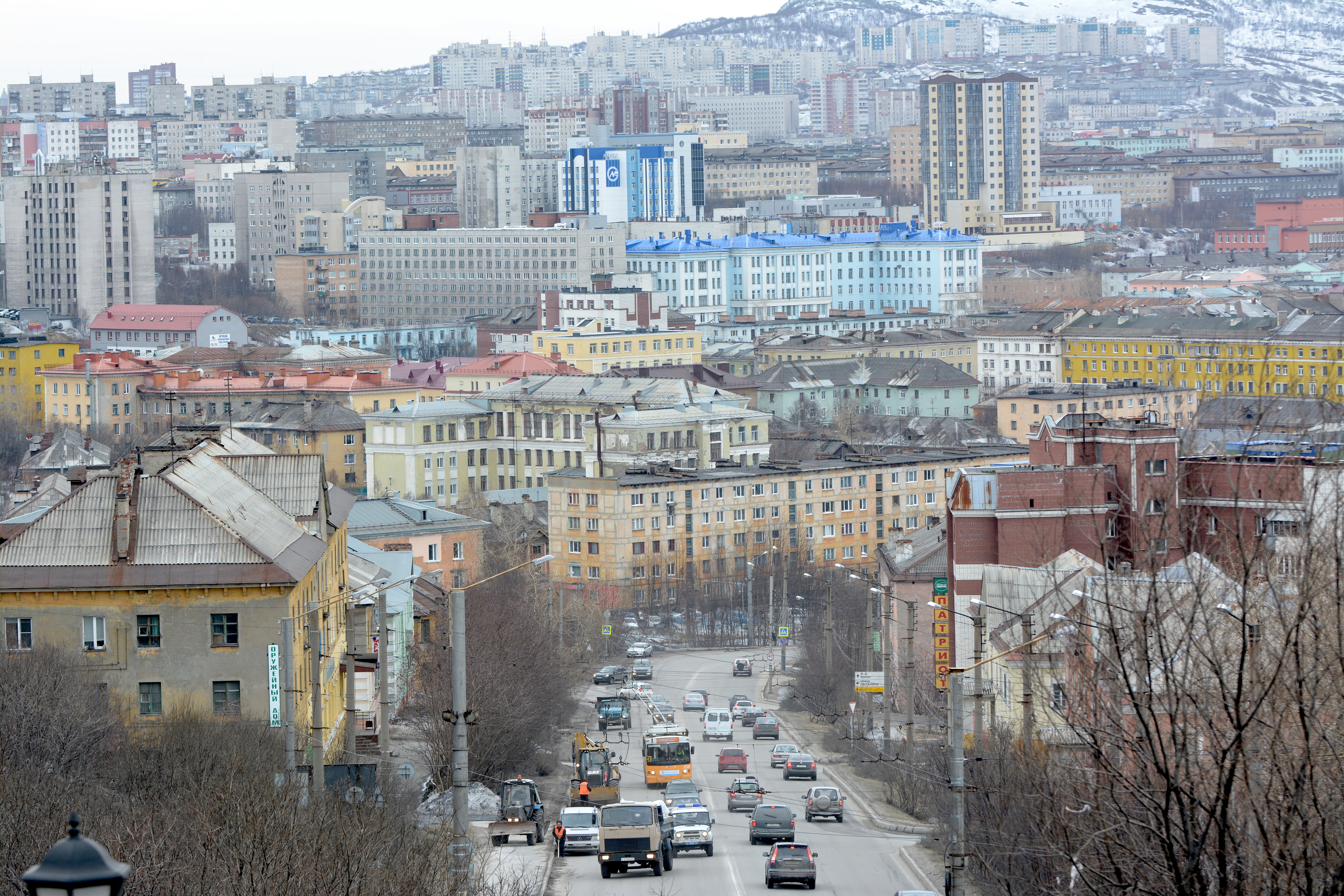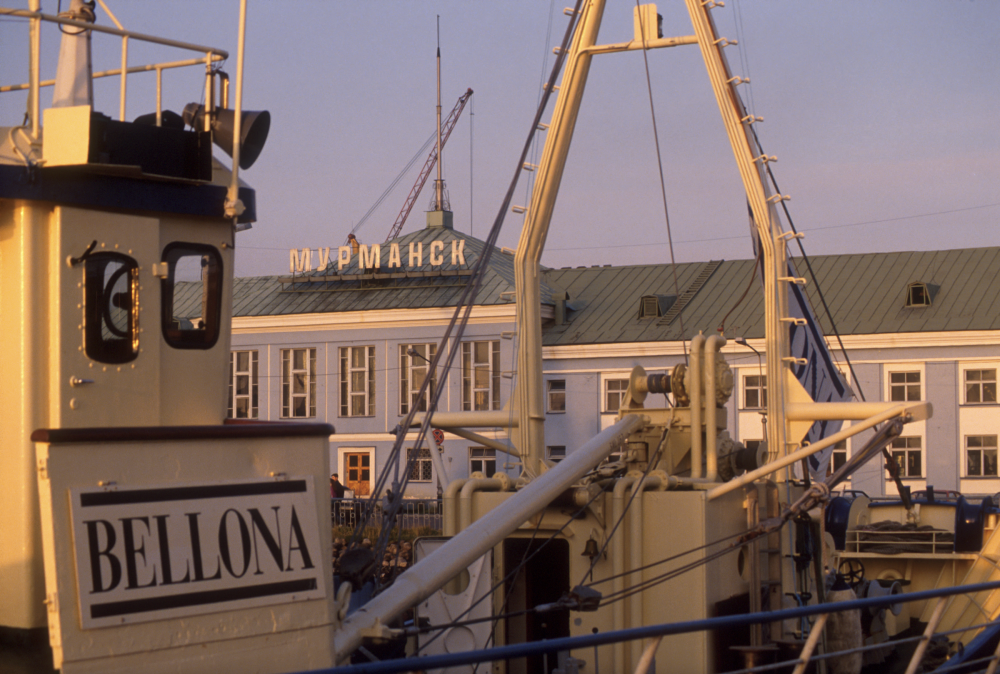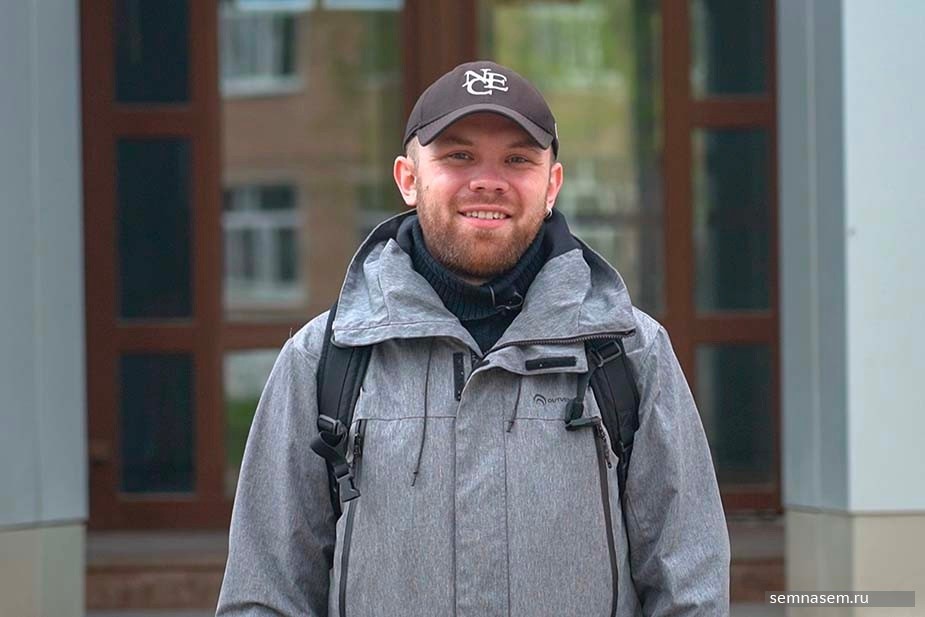A new report from a Toronto Metropolitan University think tank has proposed that public insurance for long-term care services could be a “financial lifeline” for Canada’s aging population.
Researchers at the National Institute on Ageing looked at six jurisdictions with established public long-term care insurance programs, and considered how the model could be applied in a Canadian context.
Their paper, published Thursday, said a potential insurance program would likely require some contributions from Canadians through wages or taxation, similar to how the Canada Pension Plan and national health insurance program are funded. In return, people would receive a guaranteed level of financial coverage and long-term care, including home care and long-term care home services.
The report noted that nationalized long-term care insurance wouldn’t lower the overall costs of long-term care, but it would ensure older Canadians have access to basic coverage for their future care needs.
“Establishing a national LTC insurance program could present a unique opportunity to re-imagine Canada’s social contract and better align its provision of LTC services to the needs and preferences of older Canadians,” Dr. Samir Sinha, director of health policy research for the institute, said in a news release.
COSTS OF LONG-TERM CARE
He noted that the level of public funding currently available has not met Canadian’s long-term care needs, and the paper highlighted the financial burden long-term care can place on households.
In-home services can cost up to $3,500 per month, and 24-hour support can reach $25,000 per month, the report said. The report added that those prices tags can be “crippling” for older adults, who now live about 22 years past the age of 65.
The report also explained that private insurance for long-term care is currently available in Canada but at high premiums, making it difficult to attract customers.
Washington State, the first U.S. jurisdiction to establish a public long-term care program, did so in part because its population was aging, but few residents were able to afford services, the report said. That program is set to start collecting premiums this year and make benefits available in 2026.
AGING POPULATION
Germany and Japan, two of the countries studied in the report, implemented long-term care insurance programs when they had similar demographic pictures to Canada’s, where about 19 per cent of the population is now aged 65 or older.
Those countries brought in their programs to help alleviate the financial burden of paying for long-term care, while other countries like the Netherlands and South Korea began their programs earlier in their demographic transitions.
The report said Canada would need to consider its objectives for a long-term care insurance program, as many older adults want to age in their homes, and wait lists for long-term care homes already stretch into the tens of thousands.
POTENTIAL CARE IMPROVEMENTS
Thousands of Canadian seniors died in long-term care homes during the COVID-19 pandemic, and the crisis highlighted the need for improved living and care standards in the facilities.
The report said public long-term care insurance might serve to improve the quality of care people receive, as well as see improvements in governance and resource allocation, because the program would have to set definitions for the services and standards people are entitled to.
It could also “greatly reduce fragmentation and lead to more equitable service coverage and financial protection,” the report said.
FUNDING
The case studies researchers looked at funded their programs through social insurance contributions or taxation, as well as some premiums collected at the point of service. There were also some contributions from employers, insurance programs and various levels of government.
Taiwan was the only jurisdiction that funded its program primarily through revenue from taxation on items like tobacco, and along with South Korea, that country exempts lower-income and high-risk people from paying premiums on services.
SUGGESTED IMPLEMENTATION
The researchers laid out several suggestions for how Canada could implement a long-term care insurance program, first by establishing an individual’s contributions and the benefits they would receive later on.
Canada’s existing network of long-term care providers could be leveraged to set up the program, they said, and “care managers” working at local levels could ensure people’s specific needs are being met.
The paper recommended social contributions as a primary funding mechanism, and suggested that the program could be used as an opportunity to reallocate funding towards home and community care options, as well as establish standards for care.
Will Canada need to raise its retirement
age? Here's what economists say
Daniel Johnson , BNN Bloomberg
Amid widespread protests in France over its government's plan to increase the age of retirement, one economist said it is unlikely that Canada will need to increase its retirement age.
While aging demographics present a challenge to businesses in Canada, the potential impact has been softened by immigration and people electing to work at increasingly advanced ages, James Orlando, the director of TD Economics, said in an interview with BNNBloomberg.ca last Thursday.
“The fact that we have so many people coming in, we've done such a good job of attracting immigration, [that] has enabled us to be able to afford the supports to the older population of Canada,” Orlando said.
Additionally, there has been a substantial increase in people aged 60-70 years old choosing to work longer, due partly to changing incentives, he said.
“The fact that we've done things like eliminating the mandatory retirement age in certain provinces, the fact that we have a system in place where we've incentivized people to delay receiving things like Canadian Pension Plan benefits or even delaying Old Age Security benefits, that incentivizes people to not draw on [those benefits] but also work longer,” Orlando said.
If these changes were not made, the federal government would have to allocate more money to support people that likely would have retired earlier, he said.
As people live longer, Bill VanGorder, the chief operating officer and chief policy officer of Canadian Association of Retired Persons (CARP), said in a phone interview with BNNBloomberg.ca on Friday that people are not automatically choosing to retire when they reach the age of 65.
“And they shouldn't be forced to [retire at 65] in fact, we need them to keep working, because there's a lack of employees right across the country,” VanGorder said.
Canada’s 2023 federal budget included a 10 per cent increase in Old Age Security (OAS) payments.
VanGorder said that the 10 per cent increase was expected and that the budget had “very little in it for seniors” and was “very disappointing.”
The increase will be accessible to people over the age of 75, which is something VanGorder said he finds concerning.
“Once again, they're making a two-tiered system for old age people. People between [age] 65 and 75 are not eligible for it,” he said.
“Our feedback that we're getting from our members and other older Canadians across the country is that the pressures of the increased cost of living these days are actually hitting the younger people, age 65 to 75, more than the older group [age of 75 and older].”
VanGorder said the people in the younger age group are generally more active, while the older group often live more sedentary lives.
In the 2012 federal budget, then prime minister Stephen Harper’s Conservative government planned to increase the minimum age to receive OAS support from 65 to 67 starting in 2023.
In the 2016 budget, Prime Minister Justin Trudeau’s Liberals reversed that decision.
Civil unrest began in France after President Emmanuel Macron moved to raise the minimum retirement age to 64 from 62 to bring the nation’s retirement age in line with other European countries. The two-year increase to the minimum retirement age is a necessary move, according to Macron, in order to address the country’s aging population and debt.
FUNDING RETIREMENT
Lisa Raitt, co-chair of Coalition for a Better Future, vice-chair of global investment banking at CIBC Capital Markets and former natural resources minister, said in an interview on March 29, that OAS payments and government-guaranteed income will cost about $60 billion this year.
By 2027, Raitt said OAS costs will rise by around 50 per cent to $90 billion. She said there is not a “special trust” that currently exists to meet rising OAS costs and that funding will come from taxation.
As Canadians age, Raitt said long-term care will become a significant issue that requires more attention. Germany and parts of the U.S. fund long-term care through a “payroll type tax,” she said, which is not something she advocates for.
“It's just recognizing, we're going to have to have a separate fund to pay for that, and it can't always compete with people who want to have more money for the provision of services within a hospital,” Raitt said.
Orlando said the federal government will likely be able to continue to fund existing programs long-term, including retirement, as long as doing so doesn’t impact the federal government's fiscal anchor, the debt-to-gross domestic product (GDP) ratio.
“For as long as debt to GDP is not increasing on an unsustainable path, then the ability for the government to be able to keep funding the programs they have in place is there,” he said.
“So you're not having a day of reckoning where you have to make significant changes to your policy system for so long as you're able to make these ratios improve over time.”
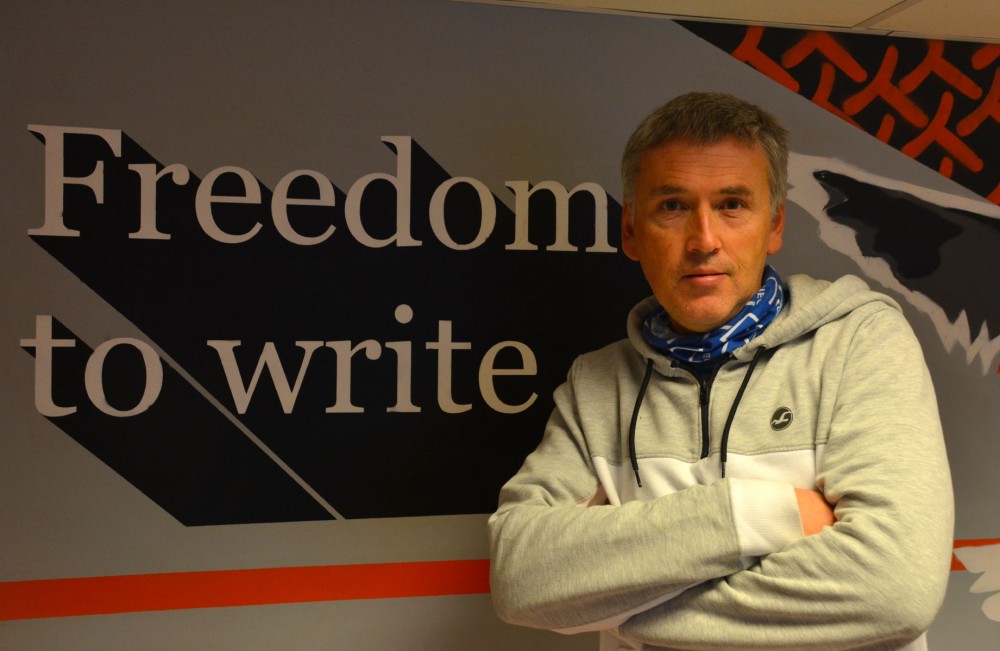
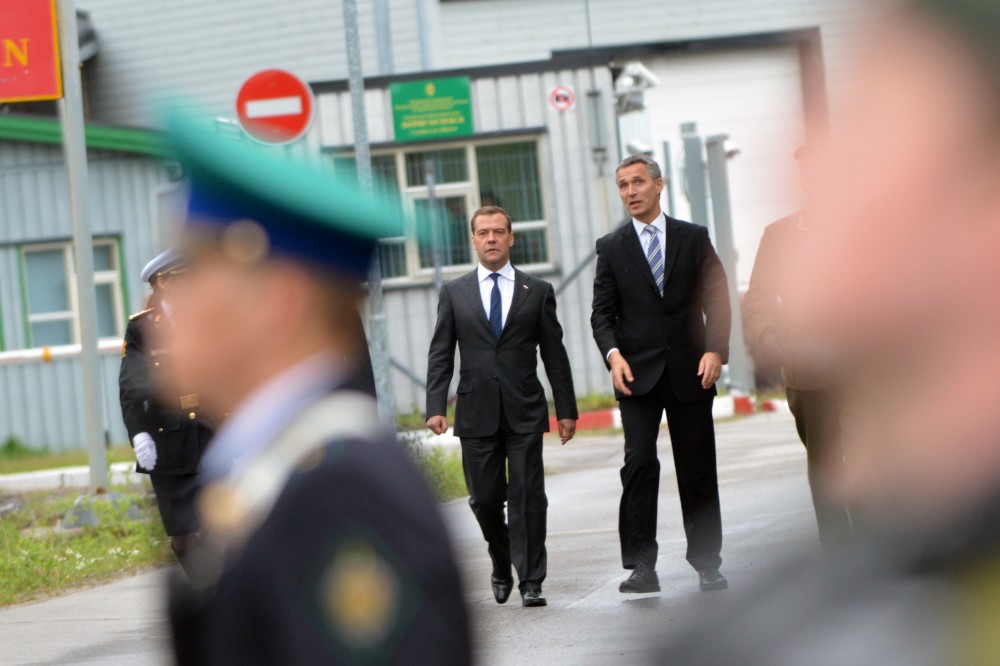 Medvedev and Stoltenberg walked the Storskog-Borisoglebsk border checkpoints in June 2013. Photo: Thomas Nilsen
Medvedev and Stoltenberg walked the Storskog-Borisoglebsk border checkpoints in June 2013. Photo: Thomas Nilsen